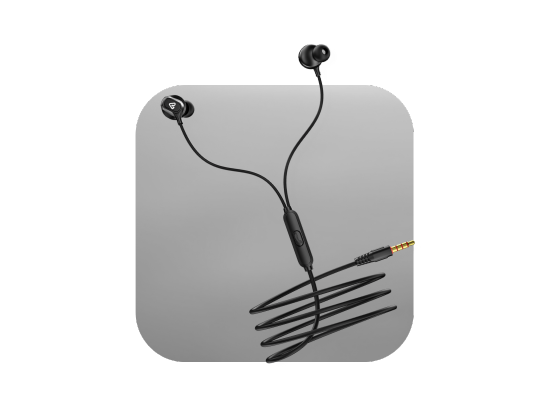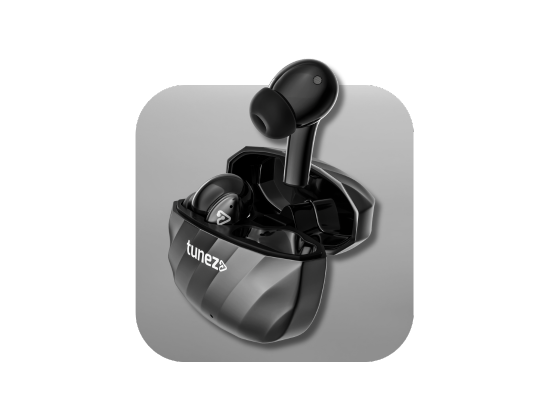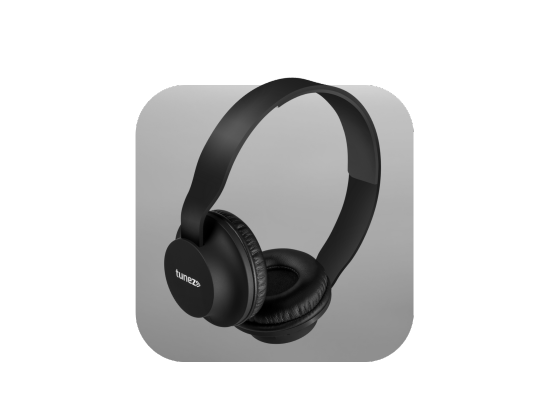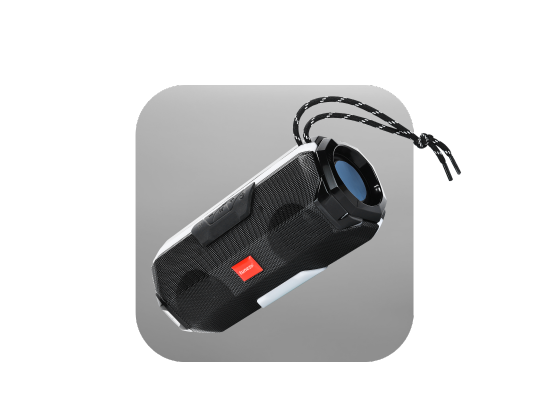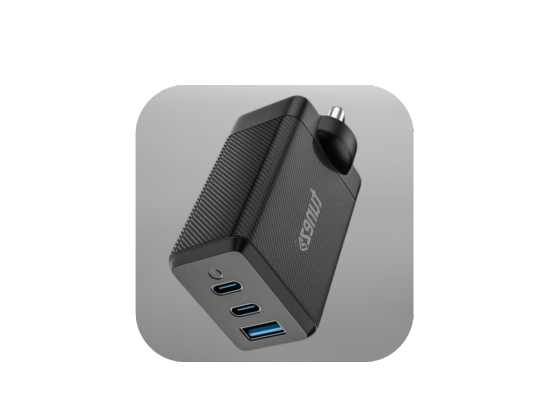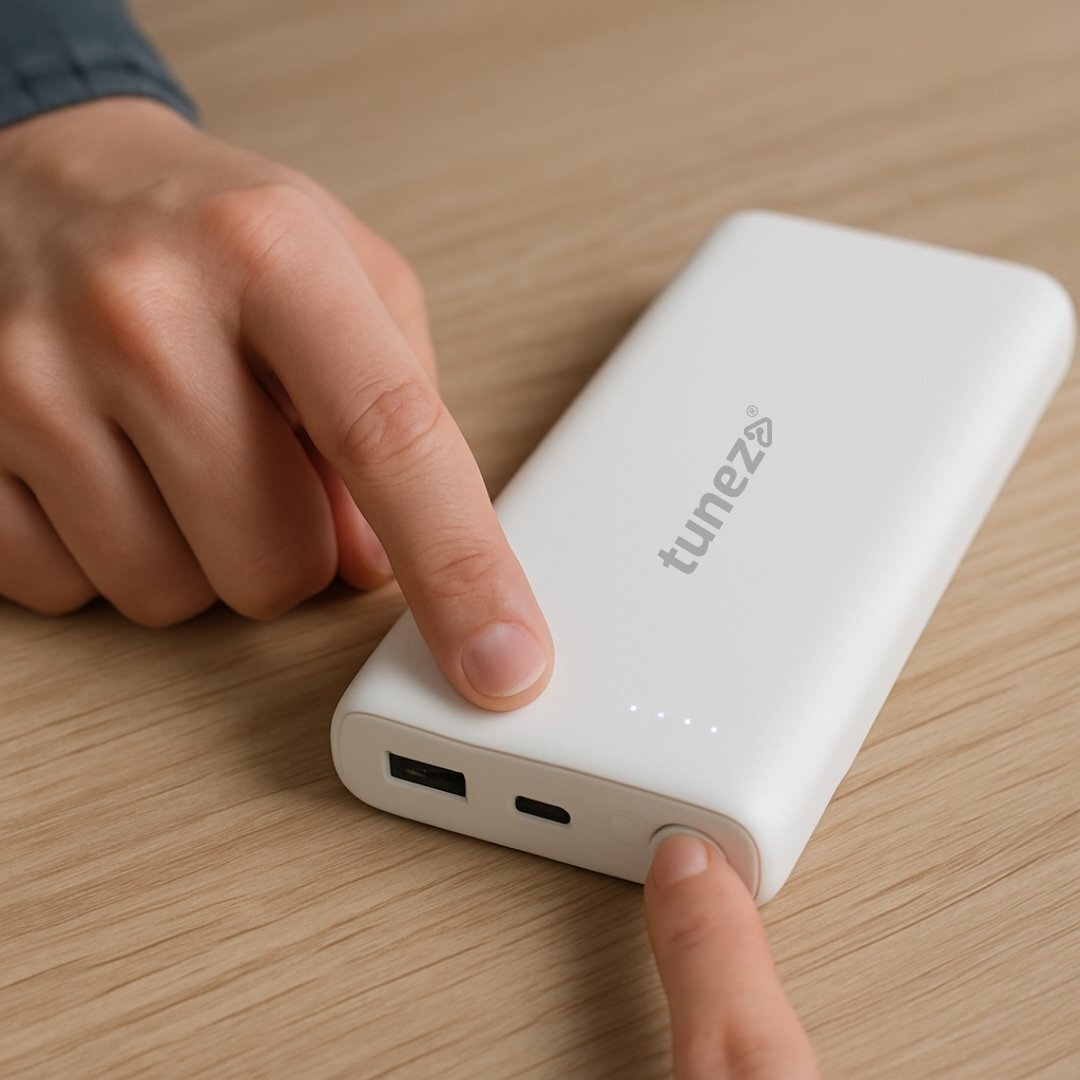With the rise of smartphones, tablets, and laptops, power banks have become must-have travel companions. But many travelers still wonder — why power banks are not allowed on planes? The reason lies in safety.
Airlines follow strict rules to prevent potential fire hazards caused by lithium-ion batteries inside power banks. Let’s break down exactly what you need to know before you fly.
Understanding Why Power Banks Are Restricted
Power banks use lithium-ion batteries, which can pose a fire risk if they overheat, short-circuit, or are damaged. Inside an aircraft, this risk becomes serious due to limited ventilation and high pressure.
A damaged or poorly made power bank can experience thermal runaway — a rapid increase in temperature that may lead to smoke or even fire. That’s why aviation authorities require passengers to carry power banks only in hand luggage, where any issue can be quickly handled by the crew.
Get smart watches designed for comfort performance and advanced features giving you a complete lifestyle upgrade in one compact wearable.
Power Bank Flight Rules You Must Know
Every airline follows similar power bank safety regulations, though small variations may exist. Here’s the general global guideline for travelers:
- Up to 100Wh: Allowed in your carry-on without airline approval. This usually includes power banks up to around 27,000 mAh.
- 100Wh to 160Wh: You can carry these only with airline approval. These are often high-capacity models used for laptops.
- Over 160Wh: Not allowed on flights at all.
Always check your power bank’s watt-hour (Wh) rating before you travel. If it isn’t labeled, you can calculate it:
Wh = (mAh × V) ÷ 1000
For example, a 10,000 mAh power bank with 3.7V equals 37 Wh, which is completely safe for flights.
Shop data cables for high speed transfer long lasting durability and consistent charging performance to keep your devices running efficiently.
Why Power Banks Are Not Allowed In Checked Baggage?
It might seem convenient to pack your power bank in your suitcase, but this is strictly prohibited. Here’s why:
- Risk of fire in cargo: If a power bank overheats in the cargo hold, the crew cannot access it quickly.
- Damage from baggage handling: Impact or pressure can damage internal cells, increasing the risk of a short circuit.
- Unmonitored charging: In checked luggage, you can’t observe if the power bank gets hot or malfunctions.
Always carry your power bank in your hand luggage and make sure it’s switched off when not in use.
How To Pack And Carry Your Power Bank Safely?
Packing your flight-approved power bank correctly ensures smooth security checks and peace of mind during your journey.
Here’s how to do it right:
- Keep your power bank in your carry-on bag, never in checked luggage.
- Use a protective case or cloth wrap to avoid accidental short circuits.
- Make it easily accessible for security inspection.
- Inspect for bulging, dents, or leaks before travel — damaged batteries are not allowed on flights.
These small steps help ensure you comply with power bank flight rules while keeping your devices powered.
Shop mobile chargers offering fast performance compact design and durable quality so you never have to worry about low battery again.
Can You Use A Power Bank During The Flight?
Yes, but with caution. You can charge your phone or tablet mid-flight, but remember:
- Don’t leave your device plugged in after it’s fully charged.
- Stop using your power bank immediately if it becomes warm or swollen.
- Follow the cabin crew’s instructions about when and how to use electronic devices.
Most airlines allow in-flight charging through power banks as long as they remain in your hand luggage and aren’t connected during takeoff or landing.
Common Myths About Power Banks On Flights
Let’s clear up a few popular misconceptions:
Myth 1: Power banks are completely banned on planes.
Fact: You can carry them in your hand luggage if within the approved power bank watt-hour limit.
Myth 2: You can carry unlimited power banks.
Fact: While multiple units are allowed, airlines limit the total capacity you can bring.
Myth 3: All power banks are flight-safe.
Fact: Only flight-approved power banks that meet capacity and safety standards can be carried.
Buy car chargers offering quick charging ports smart design and durable build making them the perfect companion for all your road trips and commutes.
What To Do If Airport Security Takes Your Power Bank
If airport security takes your power bank, it usually means it’s too powerful or doesn’t have clear labels. Stay calm and ask for a receipt or note about it. You can check with the airline or airport office later. Next time, carry a power bank with proper labels and safety marks to avoid problems.
Conclusion
Understanding why power banks are not allowed on planes helps you travel smarter and safer. By following airline-approved watt-hour limits, packing correctly, and using your device responsibly, you can enjoy uninterrupted power on the go.
So before your next trip, double-check your power bank flight rules — and you will never have to part with your charger at the gate again.
Get power banks designed with strong capacity sleek style and reliable safety so your devices remain fully charged and ready to go.
FAQs About Why Power Banks Are Not Allowed On Planes
1. Can we take a power bank in hand luggage?
Yes, power banks must always be carried in your hand luggage, not checked bags.
2. What is the power bank watt-hour limit on flights?
Most airlines allow up to 100Wh without approval and up to 160Wh with airline consent.
3. Why are lithium batteries restricted on planes?
They can overheat or catch fire if damaged or poorly made, posing a flight safety risk.
4. How do I know if my power bank is flight-approved?
Check for clear labeling of capacity and certifications like CE, BIS, or UN38.3.
5. Can I carry two power banks on a flight?
Yes, most airlines permit multiple units as long as each follows power bank safety regulations.

